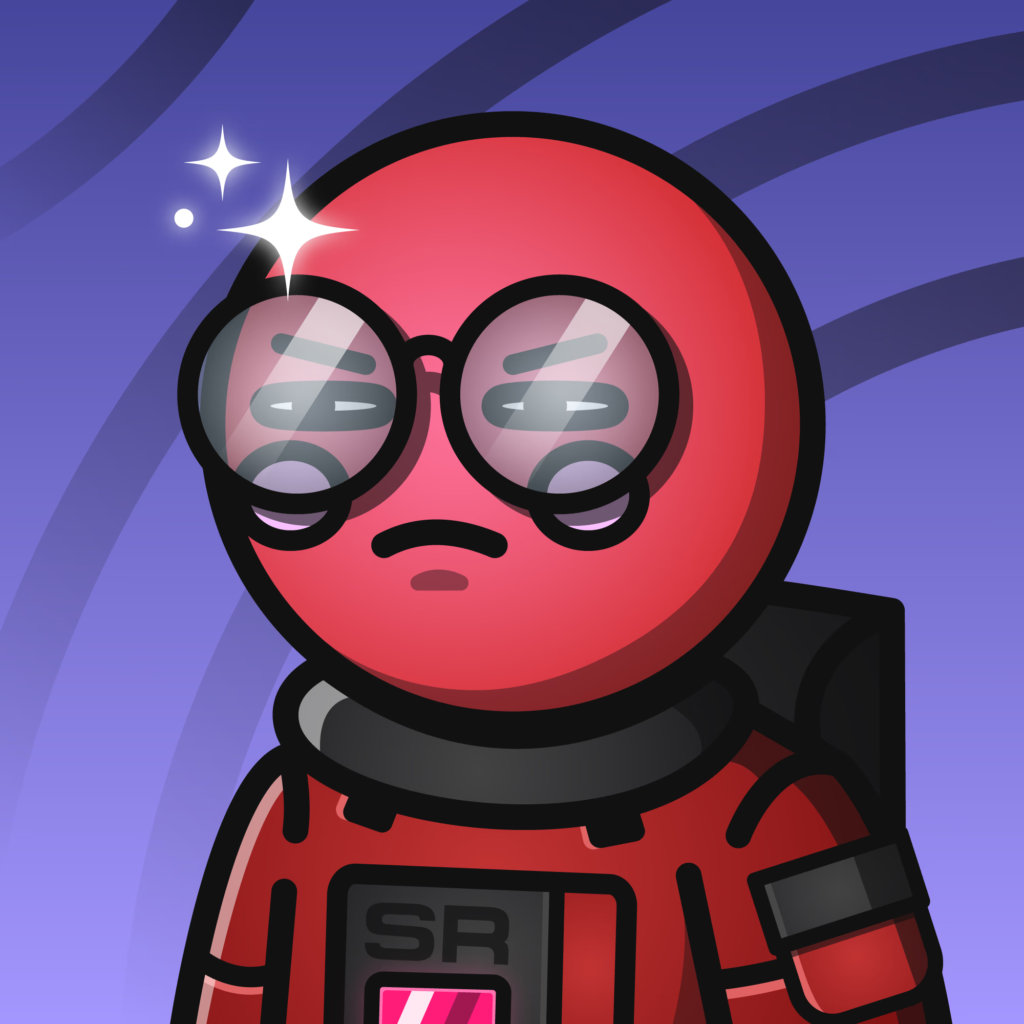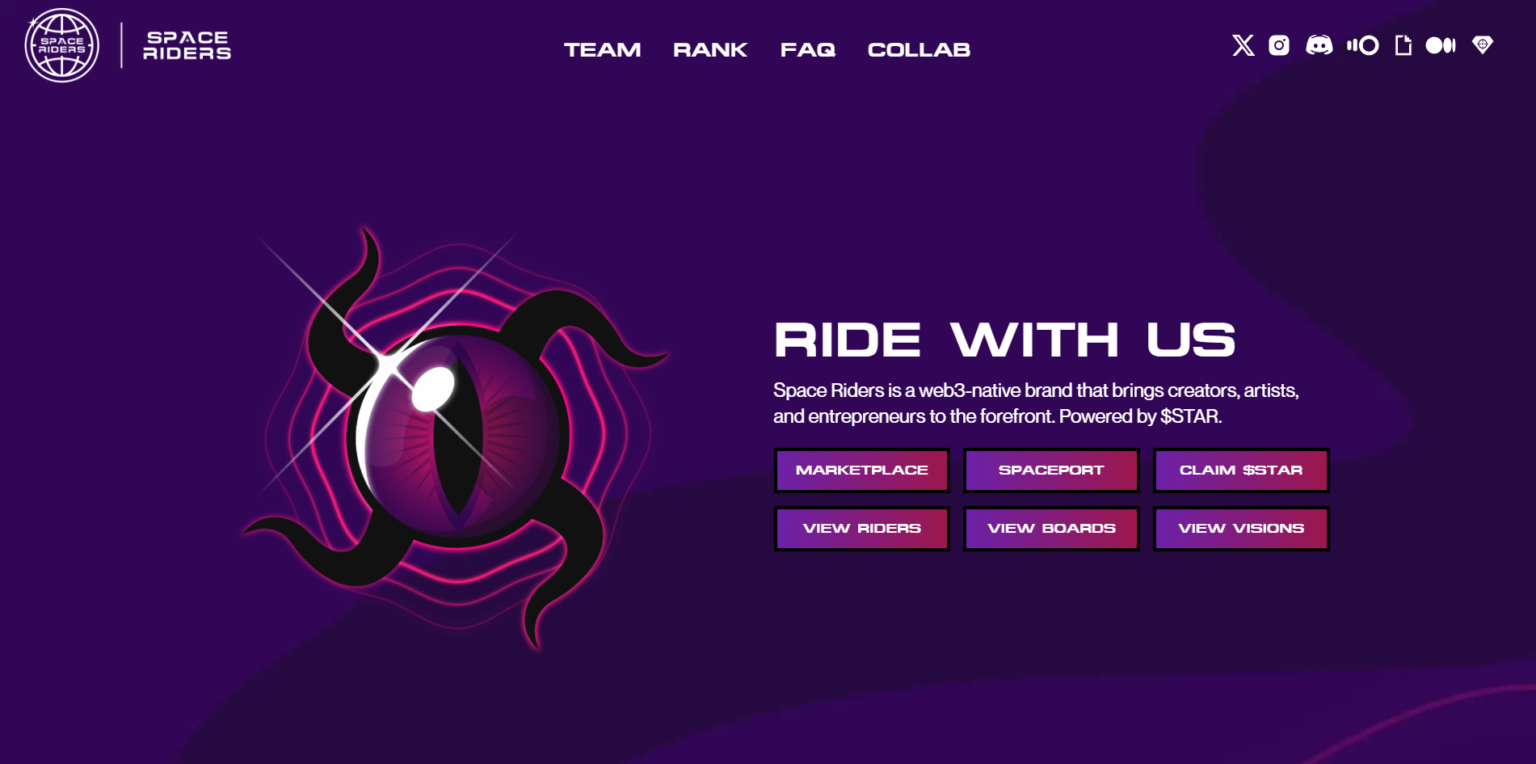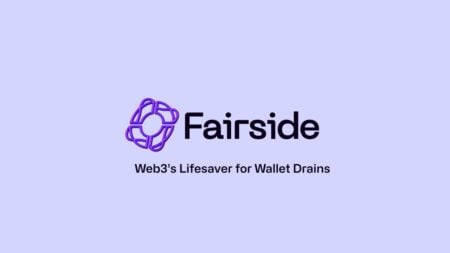During 2023, many remaining existing projects in web3 spent time trying to build upon their original premise. We saw an influx of projects that began introducing tokenomics into their project for various reasons.

Creating crypto projects around a token is certainly not new, but as more projects incorporate a token along with NFTs and other future on-chain development, it’s important to understand how these project tokens, known as ecosystem tokens due to their specificity to a particular web3 project. Various projects have tokens now and how the token is used within the project’s ecosystem can vary greatly from one project to another.
Furthermore, there was an increase in legal troubles surrounding tokens in 2023 as regulating bodies began efforts to prove that an initial token offering (ITO) was an illegal issuance of a security. It seemingly is even more important than ever to understand ecosystem tokens, even as a project holder.
In order to learn more about ecosystem tokens, I sat down with Jake, who is better known in web3 as Zubic (@zubic_eth). Zubic runs the project Space Riders, which has been around since 2021 and has long had an ecosystem token, which is known as $STAR. $STAR is a passive stake ecosystem token, which means that holders don’t need to complete an active blockchain transaction to be eligible to earn $STAR.
You can check out the website for more information or find them on the X app (Twitter). The Space Riders ecosystem marketplace can also be found at https://marketplace.spaceriders.xyz.
Space Riders Founder Interview
In the following interview conversation, “DH” precedes a question asked by the author, and “Zubic” indicates a response from the interviewee.

DH: “How long have Space Riders had the $STAR token? What prompted you to launch the token after creating the NFTs?”
Zubic: “Space Riders have had the $STAR token since the day of our launch in March 2022. The first Space Riders NFT minted to the blockchain triggered the TGE (token-generation event) for the ecosystem. We decided to include the token with our NFT launch to help us explore interoperability and expansion in web3.”
DH: “There was significant regulatory uncertainty surrounding issuing tokens, with 2023 providing some serious crackdowns by governments worldwide on token creators and exchanges. What propelled you forward to create your token despite these massive headwinds? How did you navigate managing $STAR during these times?”
Zubic: “There are lots of uncertainties when it comes to tokens. This goes back to the ICO era in 2017. Token offerings are a gray area in a regulatory sense. We spoke with legal on the topic and knew our best strategy would be to deploy without an accessible liquidity pool. The token is on-chain, but strictly used internally for the ecosystem. There is no dollar amount paired with $STAR. It’s extremely low-risk and only attainable through holding Space Riders and VOV” (Visions of the Void).
DH: “Can you provide an overview of $STAR as it is used in the Space Riders ecosystem currently? What has been built out around the token? What is potentially coming down the pipeline?”
Zubic: “$STAR has been used mainly to grow our ecosystem through additional mints and also through our shop where you can purchase NFTs, join raffles, and participate in auctions (and a bunch more). We minted our whole OG Pass collection in $STAR token along with our Boards mint. We have also had the opportunity to allow Riders to mint outside ecosystem assets with $STAR (falling back on my point of interoperability). We’ve been able to build value from the ground up at a $0 cost. This year for 2024, we plan to expand its use case to more outside ecosystems. Bring more direct opportunity and utility to the holders where they can simply use their $STAR for additional rewards.”
DH: “How do you provide transactional use cases for $STAR, seeing as most centralized exchanges often are slow to onboard tokens that have a much larger reach and higher transaction rate, let alone tokens made to transact within a project ecosystem? How can users bridge $STAR into other tokens they may want to use elsewhere in web3? How is the transaction rate set?”

Zubic: “Transactional use cases are tricky since there is no pinged dollar amount to $STAR. But all of the same foundations apply. It’s an ERC20 token on-chain which can be used in several ways. It has the ability to bridge and deploy on EVM chains. When the demand is there, we can explore options like that. However, for its general use case, having exchanges or bridges in place doesn’t make much sense in the current environment. Once the token has more demand and pull, it can grow into new realms like outside L2’s. Right now, it’s about finding the core use case that gives people more optionality in the space. Not much matters until you nail that down. The transaction rate can be decided among the parties involved. We’ve been people include $STAR in deals for new users joining our ecosystem.”
DH: “When holders sell their token, like a Space Riders NFT, in exchange for some ecosystem tokens, such as $STAR, what are their options for the $STAR that they hold? How is it determined what the price of a Space Riders NFT or Visions of the Void (VoV) would be when the price is denominated in $STAR?”
Zubic: “They can immediately go and use that in the shop or hold it and wait for larger sink options. The only thing most people want or care about is to have the ability to exchange it for USD. Tossing that notion out the window from the start and bringing outside use cases for the token was the goal. The holders determine how they see the transactional value. If they think one Rider is worth 50k $STAR, then sure. If someone else thinks it’s worth 100k $STAR, again, sure. It’s never definite in terms. Without a pinged price, as I mentioned before, it really falls down to the user holding the assets and the other end user.”
DH: “I have seen ecosystem tokens receive poor safety ratings from wallet security scanners, such as WalletGuard and Webacy. It appears to be because the contract for ecosystem tokens isn’t broadly recognized outside of the ecosystem the token operates in. What would you say needs to happen to normalize these tokens in web3 in a broader sense?”
Zubic: “Yeah, it’s normal to see in this space. Most security protocols will flag contracts as malicious by default (as they should). There’s usually a lack of insight or open information for these protocols to determine whether a contract is actually safe or not. I believe tokens have become more normalized over the past 2 years, but ways for these protocols to have large ecosystems verify their internal tokens as safe is what is needed. This could be done through an application method. There’s more than likely more security concerns that come on top of this, so I don’t think there is any easy way to approach it.”
DH: “I want to back up a bit now into ecosystem tokens more broadly. What makes projects like Space Riders a good fit for an ecosystem token? What benefits do both the project and holders gain by having one available? Should all projects look into an ecosystem token?”
Zubic: “Projects like Space Riders and many others benefit greatly from ecosystem tokens. We are a PFP project at the core, and everyone should know that. PFP projects foster large holder bases with very spread out short-term and long-term incentives. Tokens are one of the best ways to dial in on ‘utility’ for your holders and ways they can use it without having to toss out their NFTs. This could be through staking, soft-staking, passive generation, etc. However, this is not ideal for everyone. Having a token in your ecosystem means you should be finding ways to deliver value back through it (outside of price, which we do not have). This is not easy, and most projects don’t have this nailed down. I can say that for certain. I do not think every project should have a token. It can be more problematic than anything in most cases.”
DH: “Do you see a downside to creating a token for your holders? What prevents existing tokens, such as $ETH or $USDC, from functioning in the manner that an ecosystem token would, but with a greater breadth of liquidity and use cases?”
Zubic: “Yep, all the time. With everything that brings upside, there is always a downside to it. As you mentioned, what’s stopping some of these native crypto tokens or L2s from becoming the internal rewards system for NFT users? This could make an ecosystem token like $STAR cumbersome. Another downside to creating a token is most people like to price themselves in (more common with tokens backed by an LP). When people can do the math, they will have themselves strategized for entries and exits. This can be difficult for a project to deal with when most people on board are really seeing the desired outcome dollar amount. There isn’t a genuine desire to be there outside of the investment and math they’ve concluded in their head. Take that for what it’s worth.”
DH: “As more ecosystems develop around web3 surrounding various on-chain technologies and innovations that become available to users, where do you see ecosystem tokens going in the future? Will ecosystems begin partnering and adapting each others’ tokens?”
Zubic: “I can see ecosystem tokens simply acting as a utility hedge. Most people want to hold their NFTs and see value outside of flipping it (which is really hard). Tokens can be that medium for an NFT ecosystem to help deliver value back in more than one way. I believe the fees associated with tokens are unattractive and many people dislike this side to it. But again, it’s all about interoperability. As per the partnership side of things, it depends. If both ecosystems can benefit from one another through their tokens, then why not? That’s pretty much the core point of having one. Though if it doesn’t make sense, I could see more downside to introducing your holders to an outside ecosystem where the incentives aren’t aligned.”
DH: “Finally, we have discussed web3 builders and how those who have built much in their project, like yourself with the Space Riders ecosystem, will fare as the space rebounds. How do you anticipate the next cycle going for folks like yourself who have stuck around and built for your project and community? How does this look similar and different to the last cycle in 2021?”
Zubic: “I can see this cycle going well for the teams and communities who have spent their days really trying to figure it out. I mentioned communities there too. The people a part of your project are just as important as you are from a team standpoint. They will champion you, stand behind you, promote you, and more if the incentives are aligned. But holders also need to stay educated, relevant, and in tune with the market, in order for the user base to adapt in unison with the team. It’s truly an effort that is needed from both parties.
Teams need to have a pulse on the market and where sentiment stands. If you can’t emotionally read the market and how others are reacting, you will have a hard time seeing the pros and cons to deliverables. As I’ve said before, there is no playbook here. It’s the most experimental space of start-ups you will probably experience. And it’s 100% global and 24/7. Nothing stops moving here. This isn’t like the real world (in many ways). That’s the trickiest part to this. No team has it all down pat and I don’t think ever will. This is why I fall back to my original point where the teams and communities who have doubled down and are battle-tested will more than likely succeed. It’s about being hungry to find that success and how you can deliver value to your users. This is not linear whatsoever.
There will always be moments that go belly-up. How you respond to that will determine how well fit you are for the market. Most give up and throw in the towel. Very few don’t. The last cycle was the gold rush phase for NFTs. Everyone came here for $ and that’s it really. This ‘next’ cycle will be about the gems that stuck through the gold rush and figured out ways to bring back value through their NFTs and ecosystem tokens. Provenance is important.”
More From Depressive Hacks
Interested in more of Depressive Hacks work? Check out one of his previous interviews with the founder of Meet Nippy! If you’re interested in having your founder interviewed by Depressive Hacks, then by sure to reach out.




